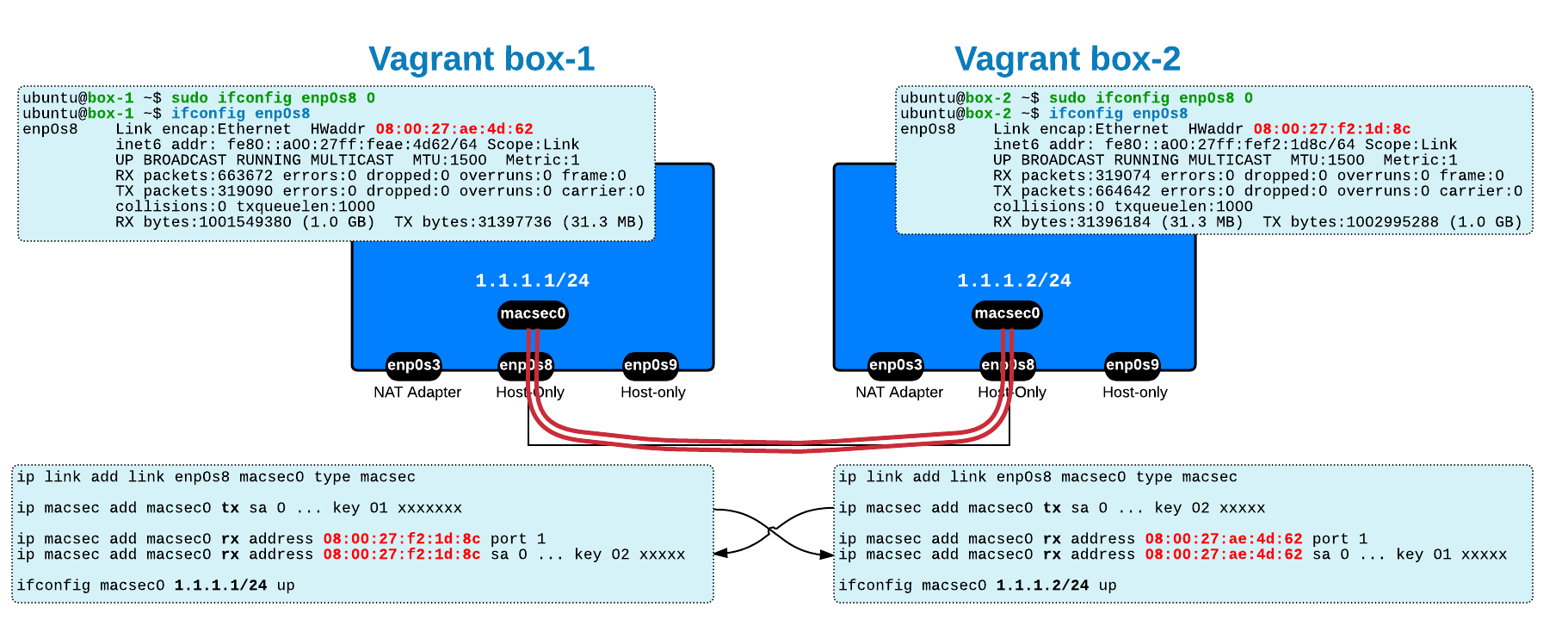Company ABC closes a deal with a Partner Company that requires redundant network paths between the two networks.
This requirement is met by enabling 2 connections:
Static routes are configured on R1 and R2 for the 2 subnets in partner's network (172.16.10.0/24 and 172.16.11.0/24) and they are redistributed into the OSPF Area 0:
Unfortunately, the network administrator is not happy with the OSPF best path performed on the company router R3 for those external routes.
As displayed above, R3 prefers the
R3#traceroute 172.16.10.5 ...1 10.0.34.4 80 msec 48 msec 28 msec 2 10.0.24.2 64 msec 40 msec 68 msec 3 192.168.2.6 32 msec 56 msec 64 msec 4 172.16.10.5 124 msec * 148 msec R3# R3#sh ip route 172.16.10.0 Routing entry for 172.16.10.0/24 Known via "ospf 1", distance 110, metric 20, type extern 2, forward metric 2 Last update from 10.0.34.4 on FastEthernet0/1, 00:06:56 ago Routing Descriptor Blocks: * 10.0.34.4, from 192.168.2.2, 00:06:56 ago,via FastEthernet0/1 Route metric is 20, traffic share count is 1 R3#
Why is it so? Is there a problem with OSPF or the selected path is really the shortest/correct one ?
Notes:
- there was
- don't worry about return traffic: static routing for network 10.0.0.0/8 was configured on Partner devices !
Post your solution in the 'Comments' section below and subscribe to this blog to get the solution and more interesting quizzes.






 Costi is a network and security engineer with over 10 years of experience in multi-vendor environments. He holds a CCIE Routing and Switching certification and is currently pursuing same expert-level certifications in other areas. He believes that the best way to learn and understand networking topics is to challenge yourself to fix different problems, production-wise or lab-type exams. He also enjoys teaching networking and security technologies, whevever there is an opportunity for it.
Costi is a network and security engineer with over 10 years of experience in multi-vendor environments. He holds a CCIE Routing and Switching certification and is currently pursuing same expert-level certifications in other areas. He believes that the best way to learn and understand networking topics is to challenge yourself to fix different problems, production-wise or lab-type exams. He also enjoys teaching networking and security technologies, whevever there is an opportunity for it.

Comments
comments powered by Disqus